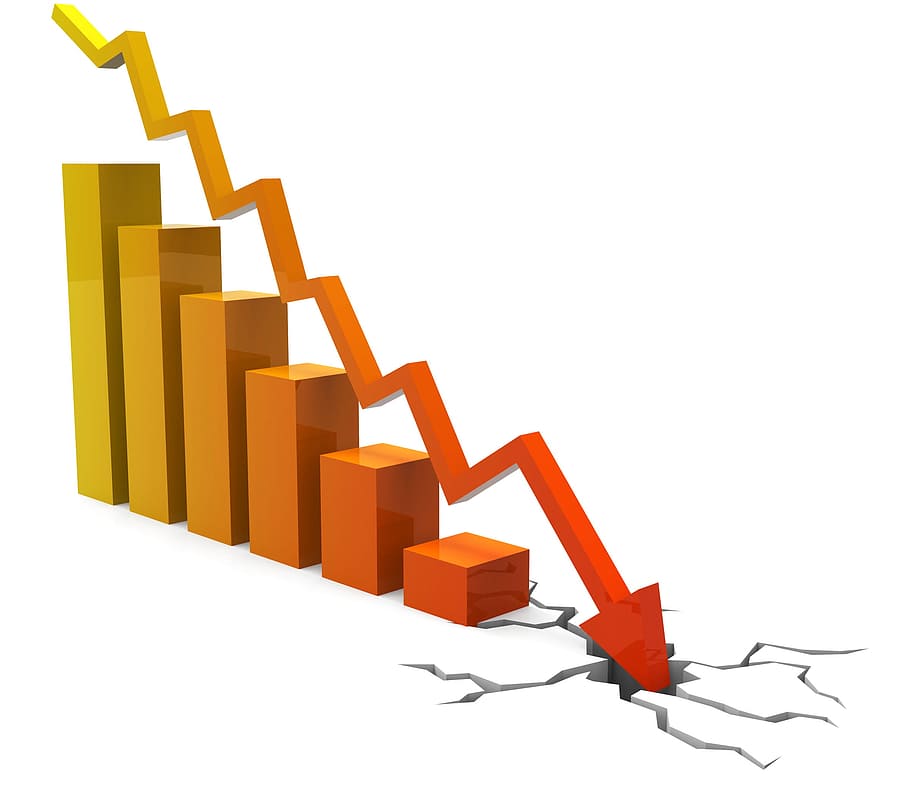Not too long ago, Michael Burry began talking of the “Index Fund Bubble” that he believes would burst soon. For those of you asking yourself who Michael Burry is, and why do people listen to him, here is a little background on him. Michael Burry famously called the housing collapse and resulting recession in 2009. He correctly deduced that it would be caused by banks giving out subprime mortgages to borrowers. Since he called the last recession, he has been seen as a bit of a fiscal weather vane ever since. So, there is no wondering why people get scared when he warns us of another bubble.
However, the hysteria regarding the index fund bubble may be a bit unfounded. While Burry is certainly a respected individual, there may be some holes in his hypothesis that point towards there not being an Index Fund Bubble. Before we talk about why there may not be an Index Fund Bubble, let’s first lay out what Michael Burry brought to the table.
From what he laid out, it seems that his main concern with Index Funds is that they provide artificial demand for stocks that have don’t have much natural demand. For those that don’t know, index finds let you buy a small piece of each company within the fund. Depending on the fund you buy into, you could be buying into hundreds, possibly even thousands of stocks, without knowing anything about any of them. He believes that since so much money is invested into index funds, a lot of artificial demand is created for many different companies, just because they are within a given fund. This artificial demand would create artificially inflated prices, and before long, the bubble pops. This, of course, would be bad for everyone, all around.
Fortunately for us though, there are many financial experts that don’t share the same opinion as Burry. Although, what Burry is saying makes sense intuitively, historical data has something else to say. In order to get the whole picture, one needs to look at the entire life cycle of a stock in an index fund. This means paying attention to its value at a few key points in time. The points of interest are: before the stock is placed in an index, when it is announced that it will be placed in an index, right after it is placed in an index, and right after it is removed from the same index.
Given Burry’s concern, one could assume that a stock’s value will trend upward from the time it is announced that it will be put on an index, until just before it is taken off that index. This, however, is not the case for most stocks that are placed in an index fund. Most stocks typically receive a bump in price when it is announced they will be added to a fund, but this artificial bump is typically short-lived, and the effects tend to wear off within a few months. Additionally, the price of stocks taken off of funds doesn’t tend to drop off the way you would expect them to if you were to apply Burry’s line of thought.
The index fund bubble worry may just be a lot of hype. The market will always go up and down no matter how many index funds or active stocks are being traded. It’s a perfect balance that the market needs to create the environment investors want. It’s not necessary to shy away from index funds. At the end of the day, index funds are a great way to diversify your investments, without spending your valuable time picking stocks out. After all, buying 1000 individual shares of different companies can be incredibly expensive, and who’s to say that you are going to pick out winners? Economics and investing in companies are profoundly complicated and time consuming to learn. That is why it is sometimes best to leave it up to professionals when it comes to picking out stocks you will be investing in. People who spend their entire life in the trenches of the market will likely make better-investing decisions than everyday people, who have jobs outside of the financial sector. The index fund bubble isn’t going to ruin things any time soon and it may benefit you to jump on the bandwagon and earn profits like everyone else that’s already done it.

